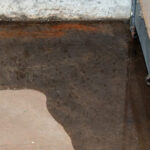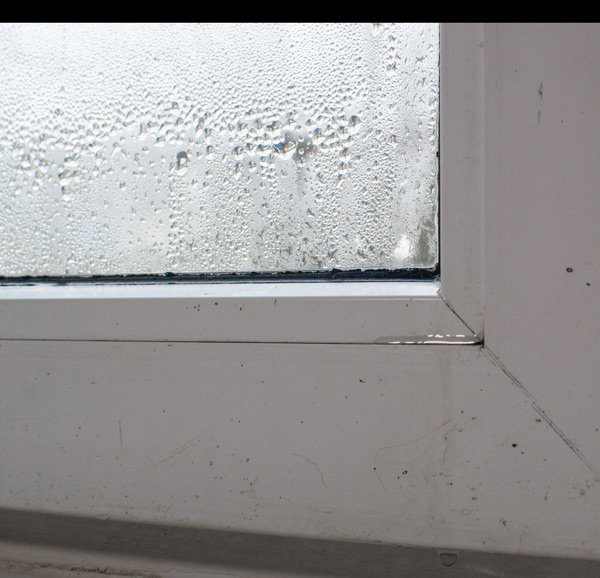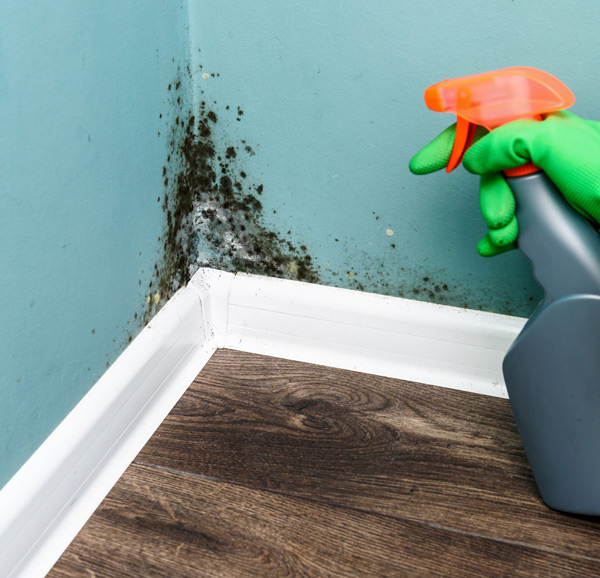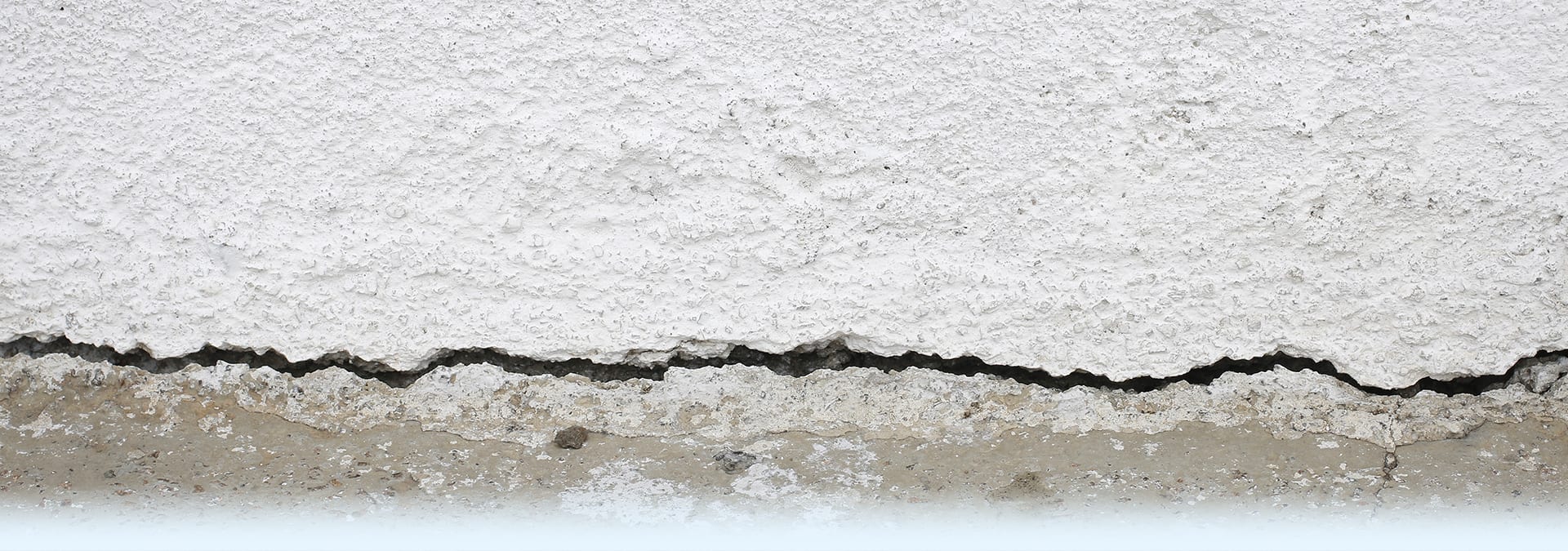
Your Foundation’s New Year Resolution: Stay Strong and Crack-Free
January 10, 2025
Don’t Let a Leaky Basement Drain Your Wallet
March 11, 2025Don’t Wait for April Showers: Your Winter Guide to Basement Prep
Winter may feel slow and cozy at times, but spring is not that far away, and to your basement that makes a difference. While you wait for better weather, it’s the perfect time to think about your basement and how melting snow, rising water tables, and early spring rains can affect your home’s foundation.
Here’s how it works—as temperatures swing between freezing nights and warmer days, the water trapped within the soil around your foundation repeatedly expands and contracts. This cycle loosens the ground and can widens small cracks in foundation walls, creating new pathways for water to enter. Once spring rains arrive, saturated soil collects more water and directs it toward your basement, often with significant hydraulic force. That water pressure can push through even tiny gaps or weak points, increasing the risk of leaks and long-term structural damage.
Water goes where it will.
Easy Basement Inspection Steps
Foundation cracks—especially those over ¼ inch wide—can let in water that leads to structural problems. Inspect your foundation for any signs of damage, and seal or repair cracks before spring arrives. Pay special attention to windows or vents in the basement, where poorly sealed frames can allow moisture to seep in. Addressing these issues early reduces the risk of mold and musty odors once temperatures rise.
Spot Common Moisture Red Flags
Musty smells and peeling paint usually signal hidden water leaks. Puddles on your basement floor mean outside water is getting in, and even small patches of mold can indicate larger problems. If you see these warning signs, act quickly to avoid bigger issues as the weather warms.
Preventive Measures
What can you do to make sure your basement is ready for the coming spring?
- Direct water away from your home by extending downspouts at least four feet from the foundation.
- Clear gutters to stop water from overflowing around your basement walls.
- If you have a sump pump, consider having it inspected and/or installing a backup power supply for it.
- Keep an eye on slow plumbing leaks—small drips can turn into major headaches over time.
Professional Solutions for Serious Issues
If you notice serious foundation stress or heavily saturated soil around your home, advanced measures may be necessary. A new sump pump, French drains, professional-grade waterproofing systems, or specialized mold remediation can solve problems that simple DIY fixes can’t. Consulting a professional early helps prevent further damage and health concerns.
Why Choose D-Bug Waterproofing
Be ready. If you don’t take any other preventative measures for spring, you can be ready with one simple step – write down our number now. It’s 1-855-381-1528. When you see the first signs of trouble, give D-Bug Waterproofing a call.
We’ve served Pittsburgh-area homeowners for over 40 years. Our experience covers everything from foundation repair to mold remediation—no subcontractors, just our own dedicated crews. As a local, family-owned business, we understand the region’s challenges, from steep hills to harsh winter freeze-thaw cycles. When we work on your home, we treat you like a neighbor because that’s who you are. As a local family business, we’re committed to our community for the long haul.
Don’t wait until you’re dealing with damp floors or worrying about mold. Schedule a free, no-obligation inspection and know exactly what your basement needs to stay dry. Call 1-855-381-1528 or contact us today for trusted service and long-term peace of mind.







